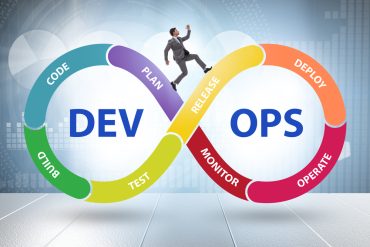
Adobe plans to offer more tools aimed at helping their clients improve their real-time customer engagements in the coming year.
Regardless of the communication medium employed customers are increasingly making it clear they expect vendors to be able to interact in the moment with them on their terms.
The challenge organizations face is very few of them are even close to being capable of providing that level of real-time customer engagement. Most organizations today still rely on disparate applications that have conspired over time to achieving a
To make matters even worse, most organizations can’t even communicate with customers across multiple channels in a way that allows them to correlate a series of conversations that may occur over email or social media platform with the person now talking to a customer service representative on the other end of a phone line.
Addressing these challenges requires organizations to rethink the customer experience from the outside in. At the recent Adobe Summit 2019 conference, Adobe laid out a multiyear strategy spanning everything from the launch of a Big Data platform dubbed the Adobe Experience Cloud to an ambitious Open Data Alliance (ODA) that aims to create a common data model across applications from Adobe, Microsoft, and SAP.
See also: Ready for clickstream analytics to transform how your customers see the web?
The Adobe Experience Cloud at its core is a managed service built on a Big Data platform developed by Adobe using a combination of open source technologies that are all deployed on the Microsoft Azure cloud. On top of that platform, Adobe is now layering marketing applications such as the Marketo automation platform and the Magento e-commerce platform. Adobe acquired both Marketo and Magento last year.
Adobe is also inviting third-party developers to leverage its application programming interfaces (APIs) to build complementary applications. At the same time, Adobe has also revealed that in addition to embedding analytics application it will also infuse its Sensei machine learning algorithms across the entire Adobe Experience Cloud platform.
To make these efforts possible Adobe has added the ability to define customers as individuals or as groups in real time. That capability is layered on top of the Adobe Experience Data Model (XDM) that underpin all Adobe applications.
That same data model is also being relied on to provide the foundation for the ODA initiatives, through which Adobe at its recent conference was able to demonstrate a deep level of integration between its marketing applications, customer relationship management (CRM software from Microsoft, and supply chain software from SAP. It may be well into the next decade before all three software vendors are able to unify their data models, but progress involving multiple use cases is being made.
The collective ODA goal is to enable organizations to drive a wide variety of near real-time customer engagements using data that is curated by either Adobe, Microsoft or SAP. That approach is needed because organizations are struggling with managing the massive amounts of data required to drive digital customer experiences, says Ronell Hugh, head of product strategy and marketing for Adobe Experience Platform.
As a result, there’s more collaboration between IT organizations and lines of business because of the size and scale of the digital business transformation projects being launched, adds Hugh. Previously, there was a tendency for marketing organizations to want to drive, for example, an online marketing campaign on their own, notes Hugh
“There’s a lot more focus on the IT department now,” says Hugh. “We’re seeing more CIO-driven initiatives.”
However, rather than building their own Big Data platform it is simpler for IT teams in many cases to customize and extend a Big Data platform managed by Adobe, says Hugh.
In fact, a survey of 1,000 IT professionals conducted by Adobe identifies the top three challenges organizations face when trying to create a unified view of the customer
The challenge, of course, is not just unifying all the data required to achieve that goal in a data warehouse, but also providing the layers of application programming interfaces, machine learning algorithms and data object models need to create a compelling application experience.
The issue IT organizations will need to determine now is to what degree they want to build the underlying IT infrastructure required to deliver those applications versus devoting more time to building and managing the applications that run on top of it.




























